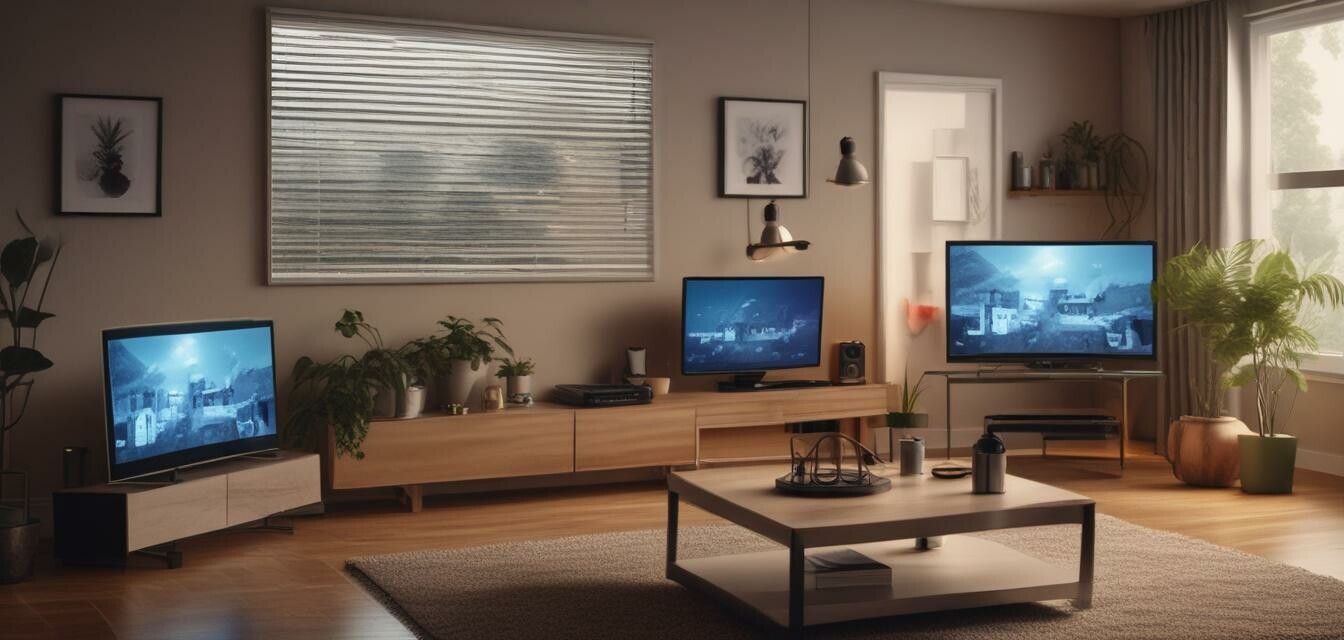
Must-Have Smart Devices for Seniors Living Alone
Key Takeaways
- Smart devices significantly enhance the safety and independence of seniors living alone.
- Devices such as smart home assistants, health monitoring gadgets, and security systems are essential for daily living.
- Implementing technology solutions can provide reassurance for both seniors and their families.
As more seniors enjoy longer, independent lives, there's an increasing need for smart devices that enhance their safety and facilitate daily living. This article reviews indispensable smart devices specifically designed for seniors living alone, empowering them to maintain their independence while ensuring their safety and comfort.
Essential Smart Devices for Seniors
Here are some top smart devices that can provide exceptional support to seniors living independently:
- Smart Home Assistants
- Health Monitoring Devices
- Home Security Solutions
- Smart Lighting Systems
- Communication Devices
1. Smart Home Assistants
Smart home assistants like the Amazon Echo offer voice-activated controls for tasks ranging from answering questions to controlling other connected devices. They can be especially helpful for seniors who may have difficulty using traditional technology. For more insights, check out our guide on Easy-to-Use Smart Assistants.
2. Health Monitoring Devices
Devices that monitor heart rate, blood pressure, and other vital statistics are crucial for seniors. These gadgets can alert family members or caregivers if something is amiss, providing peace of mind for everyone involved.
3. Home Security Solutions
Security is a top priority for seniors living alone. Smart doorbells, cameras, and alarm systems help monitor the home environment. Installations are user-friendly, and alerts can be sent directly to smartphones for immediate action. Learn more about Security Systems for Elderly Homes.
4. Smart Lighting Systems
Smart lighting systems offer the ability to control lights via voice or smartphone applications. This not only provides convenience but also helps to reduce falls and accidents in poorly lit areas. To discover more options, check out our article on Smart Lighting Solutions.
5. Communication Devices
Staying connected is essential. Devices such as tablets with video calling capabilities or smartphones specifically designed for seniors can greatly enhance communication with family and friends. Enhance your knowledge by visiting our resource on Communication Devices for Seniors.
Highlight: The Toilet Safety Rail
Another important device to consider is the Toilet Safety Rail. This heavy-duty, foldable handrail offers stability and support in the bathroom, making it safer for seniors when using the toilet.
Toilet Safety Rail
This toilet safety rail features an upgraded design with a weight capacity of up to 480 lbs, making it ideal for seniors and individuals with mobility challenges.
Learn MoreComparison Table of Smart Devices
| Device Type | Features | Benefits |
|---|---|---|
| Smart Home Assistants | Voice activation, connection to other devices | Hands-free control and accessibility |
| Health Monitoring | Heart rate, blood pressure monitoring | Ensures timely health checks |
| Home Security | Alerts, cameras, smart locks | Improved safety, real-time monitoring |
| Smart Lighting | Voice control, automated scheduling | Convenience and enhanced safety |
| Communication Devices | Video calling, simplified interfaces | Better connectivity with family |
Final Thoughts
Investing in smart home technology can enhance the quality of life for seniors living alone. With devices designed for safety, health monitoring, and convenience, families can enjoy peace of mind knowing that their loved ones can live independently while remaining safe and connected.
Tips for Choosing Smart Devices
- Assess the specific needs of the senior.
- Prioritize user-friendly options that don’t require complex setups.
- Consider devices that can be upgraded or expanded as needs change.
- Ensure devices have reliable customer support and warranties.
- Look for compatibility with other smart devices already in use.
Pros
- Increased safety and security.
- Promotes independence.
- Easy access to help in emergencies.
- Encourages engagement with technology.
- Can connect family members easily.
Cons
- Initial cost may be high.
- Learning curve for some seniors.
- Dependence on technology may pose challenges.
- Potential privacy and security concerns.
